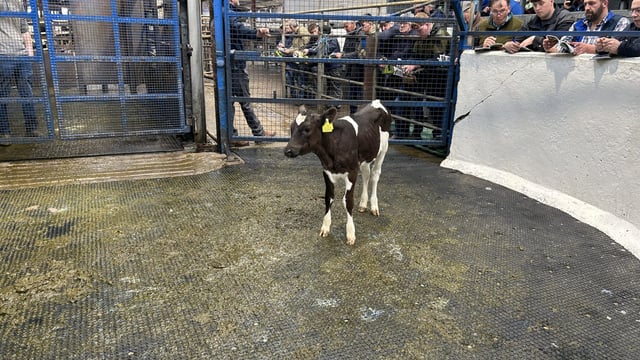Grass weeds should not be allowed to produce seed heads - agronomists
Given the threat of herbicide resistance, agronomists are strongly advising that grass weeds should not be allowed to develop seed heads.
This was one of the key points discussed at a recent series of spring crop walks hosted by Teagasc.
Tillage specialist Shay Phelan confirmed that the dispersal of resistant seeds is at the core of the challenge that now face farmers growing crops in Ireland.
He said: “Barley plants have the potential to produce 25,000 grains per square metre. A population of Italian ryegrass plants, on the other hand, can produce four times as many seeds.
“So all of this boils down to a numbers game.”
Phelan used the reference to Italian ryegrass as a means of confirming that glyphosate-resistant populations of the grass weed have recently been identified in Ireland.
“Meanwhile, the size of the chemical toolbox available to tillage farmers, when it comes to tacking weeds, is diminishing. And this trend will be maintained into the future.”
According to Phelan, if chemical weed control methods may become limited, the use of integrated pest management (IPM) control systems will represent the evolving option for tillage farmers, from both weed and disease control perspectives.
In this context, the focus will shift to the greater use of stale seed beds, better use of rotations and a much more considered use of the various crop establishment techniques available to tillage farmers.
Phelan said: “Deep ploughing tends to be the go-to option when it comes to dealing with weed challenges at the crop establishment stage.
"Here the theory is that weed seeds are buried so deeply that they cannot push newly germinated [weeds] successfully to the surface.
“However, a min-till system can also be included very effectively within an IPM approach to crop establishment.”
The Teagasc representative also confirmed the need for farmers not to rush their herbicide spraying procedures when it comes to grass weeds.
“We are getting reports from some growers of weeds being resistant to certain herbicides when this is not the case," Phelan said.
“Laboratory testing work at Oak Park is confirming this trend. Wild Oats represents a case in point.
“What we believe to be the case in these instances is farmers travelling too quickly through the fields and not allowing sufficient herbicide to make contact with the target weed populations.”
“The end result is a partial knock down of the weeds. This leads the farmer to think that herbicide resistance has started to become an issue when this is not the case.”





